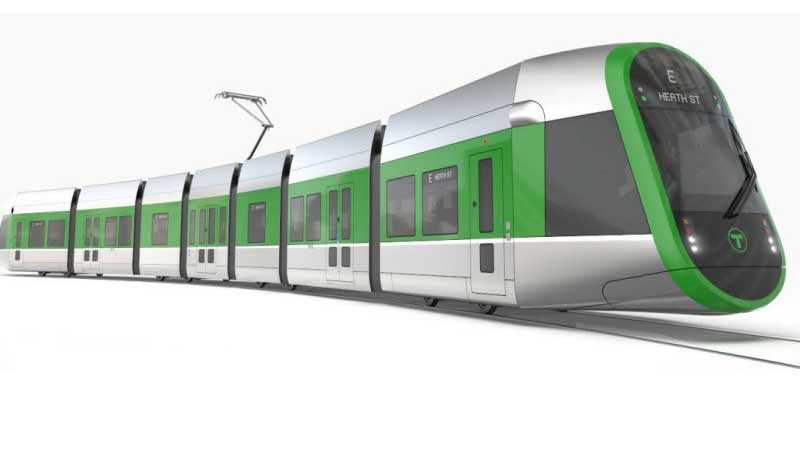TheRatmeister
Senior Member
- Joined
- Sep 23, 2023
- Messages
- 1,310
- Reaction score
- 2,505
Somewhat related to the Type 10s, but just a thought, are we too obsessed with having one GL train to rule them all? Would it potentially be better to have one with longer segments and fewer bends, and one made up of shorter segments with more bends? That way some of the tighter loops like at Kenmore, Park St, or Government Center could be used without major renovations. These shorter trains could be used for additional branch service for example, with trains running from BC/Cleveland Circle/Riverside/Heath and terminating at Kenmore, or trains from Union Sq and Medford/Tufts ending at Gov Center, therefore avoiding the problems these additional trains might cause on the central subway. Yes, two variations is more than one, so two different types of parts and maintenance and whatnot, but at the number of trains the GL needs the economies of scale are most definitely still there.

